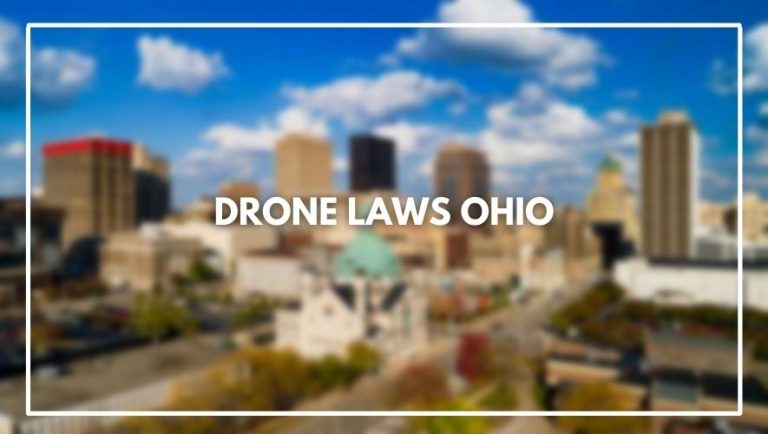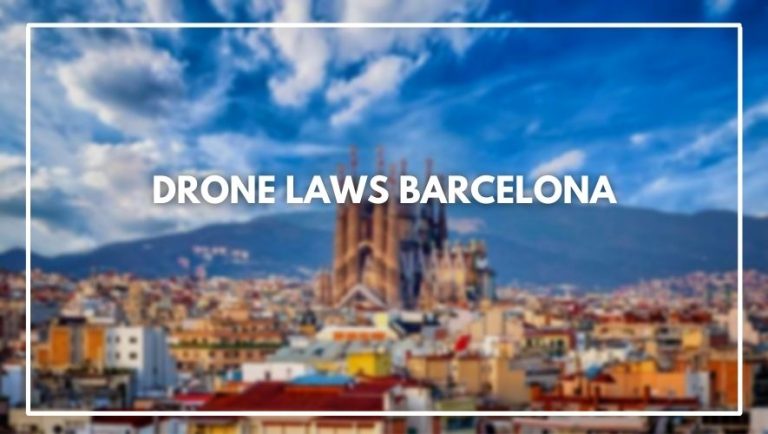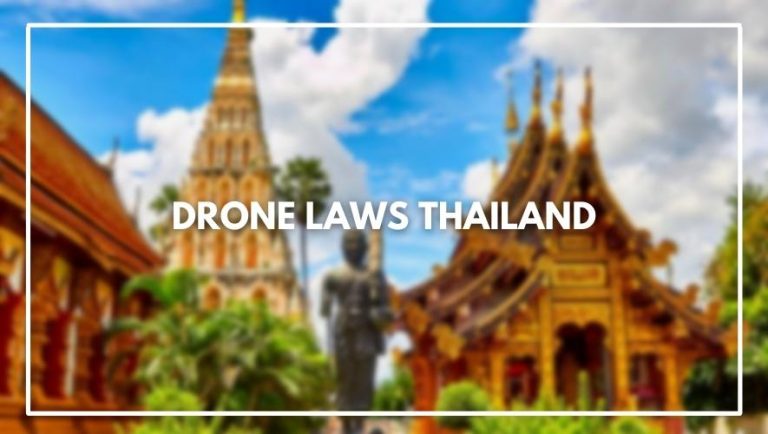Drone laws Boston are classified by their weight as well. Drones that weigh between 0.55 pounds and 55 pounds can only be used for recreation if you have no criminal record or hold a legitimate pilot license.
The only exception is if you are a public agency who has received authorization from the FAA or had authorization. Commercial use of drones over 55 lbs is illegal unless authorized by the FAA.
Drone Laws Boston is the one-stop destination for all your drone regulations and laws pertaining to the city of Boston. It is good for the people who are interested in getting started with drones, it’s easy to find out what you need to know about flying drones in this region.
Are you new to the world of drones? Then you need drone laws Boston to help guide you through usage. This article will guide you through how to use your drone on a day-to-day basis and how to purchase one if you want.
You May Not Fly Over People.
You may not fly over people in public places.
If you want to fly over a person in a public place, then that individual must be directly participating in the operation of your drone.
Also, if you’re flying overhead and someone is directly under your drone and they aren’t involved in the operation, your flight would be illegal (even if they are okay with it).
Here’s an example using this rule: You go to Boston Commons to take aerial photos or video of the area. While there, you see a model posing for photos. What do you do? If she knows she’s being filmed and is okay with it, then that’s fine!
But if you fly your drone too close to her without telling her (or without getting permission), then this would break FAA regulations. This person was not directly participating in the operation of your drone, so it wouldn’t be legal to operate over her head.
Fly Within Your Line Of Sight.
You must always be able to see your drone while flying. This means that you must keep the drone within your line of sight at all times. You may not fly the drone so high that it becomes difficult to see.
If you are using a pair of binoculars to help spot the drone, or if another person is controlling it for you, then this rule still applies. Either way, you are responsible for the safe operation of the drone at all times.
You May Not Fly From A Moving Vehicle.

- You can drive a drone to the location you want to fly in, but make sure you’re able to take off from the ground.
- You can’t fly from a moving vehicle, not even if it’s just hovering along with you.
- You have to be able to see your drone during flight at all times. This means that you should probably avoid overcast days, and definitely avoid flying in bad weather.
- Don’t try flying at night! Not only does it make your ability to see and control the drone difficult, it’s also illegal.
You Must Avoid Heliport Traffic.
- You must stay 5 miles away from airports and heliports.
- You must stay 3 miles away from heliports.
- You can find the locations of airports and heliports on the FAA website.
Now that we’ve explored how to pick out a drone and some of the ways you might use it, let’s look at the laws governing flying drones in Boston.
You Must Register Your Drone With The Faa.
If your drone meets the following guidelines, you must register it with the FAA:
- The drone must weigh more than 0.55 pounds
- The drone must weigh less than 55 pounds
- You must be at least 13 years old to register (if you are younger, a parent or legal guardian may do it for you)
The registration process will take about five minutes and cost $5. You’ll need an email address and a credit card in order to register your drone.
Always Check The Local And National Regulations
As with other cities, the FAA has the authority to make and enforce drone laws in Boston. However, like other aspects of life in America (and even around the world right now), there are layers of complexity when it comes to drone laws.
In addition to the rules set by the FAA, you also have to abide by local or state legislation as well.
Depending on where you live and how your city interprets some federal regulations, you might find that your understanding of what is legal doesn’t match up with what a Boston police officer or park ranger says is lawful.
You should always check before flying a drone if you can do so legally in any given place; better yet, consult an expert who knows all of the ins and outs of these often-confusing regulations.
In fact, we recommend checking both federal and local law enforcement websites for more information about where you can fly your drone safely and legally.
One thing that can get confusing is whether or not a drone falls into commercial or recreational/hobbyist territory. Sometimes it’s easy to tell: if you’re getting paid to fly your UAV or are using it for business-related purposes, then its classification is obvious.
These Rules Apply If You’re Flying Your Drone For Commercial Purposes
If you are flying your drone for commercial purposes in Boston, the following rules apply:
- You need to obtain a remote pilot certificate with a small UAS rating. To do this, you need to pass an initial aeronautical knowledge test at an FAA-approved knowledge testing center.
- You must fly under the Small UAS Rule (Part 107), which includes all aircraft weighing less than 55 pounds that are not flown for hobby or recreation purposes. This rule set includes operating limitations such as flying no higher than 400 feet and no faster than 100 mph, flying within visual line of sight, remaining clear of other aircraft, not flying over people and only flying during daylight or civil twilight (with appropriate anti-collision lighting).
- You must comply with FAA airspace restrictions and any additional requirements or authorizations in effect over Boston.
You Have To Fly Under The Faa’s Small Uas Rule
Even if your flight doesn’t meet the definition of “recreational,” you might still be able to fly under the FAA’s Small UAS Rule.
If you’re flying for some sort of non-recreational purpose, then you’ll need to follow Part 107 rules and obtain a Remote Pilot Certificate. Basically, that means passing an initial aeronautical knowledge test at an FAA-approved knowledge testing center (which can be any fixed-wing private pilot testing center).
The good news is that your score will stay valid for two years—and if it expires, all you have to do is take a recurrent online training course.
You Can Only Fly Your Drone During Daylight
So, you finally bought that drone of your dreams. It’s shiny, new, and ready to take off to the skies. But before you enter the world of drone flying, it’s important to know that there are some FAA rules you’ll need to follow in order to avoid getting in trouble with the law.
According to the FAA website, one of these rules is not flying your drone at night. You can’t fly your drone during nighttime hours or when it’s too dark out for you to see your drone with unaided vision (i.e., without using vision-enhancing devices like binoculars).
Flying your drones during these times could put both people on the ground and other aircraft in danger. If you violate this rule and endanger others because of it, then there may be fines or jail time involved if caught by authorities!
Your Drone Must Always Remain Within Visual Line Of Sight.
The first tip is to keep your drone always within a visual line of sight. What exactly does “visual line of sight” mean? This means that you are able to see your drone with your naked eyes, just like you would see any airplane or helicopter in the sky.
Your drone must remain within your visual line of sight at all times during flight, and you must be able to see which direction the drone is facing.
Do not fly using first-person view goggles that obscure your vision if you cannot see your drone with unaided vision at all times.
Drone Remain At Least 5 Miles Away From Any Airport

It’s important that you know the rules before you fly. Our goal at the FAA is to promote the safe and responsible use of UAS.
The registration requirements apply to any unmanned aircraft weighing more than .55 pounds. You must register your drone if it weighs between .55 and 55 pounds, including payload such as on-board cameras. You do not need to register drones that weigh less than .55 pounds.
Here are some basic safety tips for recreational flyers:
- Fly your drone at or below 400 feet when in uncontrolled or “Class G” airspace.* Keep your drone within visual line of sight.* Never fly near other aircraft, especially near airports.* Never fly over groups of people, public events, or stadiums full of people.*
- Never fly near emergencies such as any type of accident response effort, law enforcement activities, firefighting or hurricane recovery efforts.* Be aware of FAA Airspace Restrictions for UAS operations (e.g., no flying within 5 miles of an airport unless you contact air traffic control and airport management).
Must Comply With Any Faa Temporary Flight Restrictions (tfrs).
Yes, you are allowed to fly your drone, but you must follow a few rules.
- The FAA requires that all airspace users (including drone operators) comply with the current version of the Aeronautical Information Manual (AIM).
- You must comply with any FAA Temporary Flight Restrictions (TFRs).
- You must avoid any areas set aside for helicopters and manned aircraft.
You’ll Need To Follow Part 107 Rules
If your flights don’t meet the definition of “recreational” and aren’t covered by a Part 107 waiver, then you’ll need to follow Part 107 rules and obtain a Remote Pilot Certificate.
- You can get your remote pilot certificate by:
- Passing an initial aeronautical knowledge test at an FAA-approved knowledge testing center OR
- Holding a Part 61 pilot certificate (other than student pilot) and completing a flight review within the previous 24 months and completing a small UAS online training course provided by the FAA
- You must be at least 16 years old to apply for a remote pilot certificate. If you’re younger than 16, you may fly under the direct supervision of a person who holds either:
- A remote pilot certificate with an UAS rating or
- An airman certificate (except student pilot) with an aircraft category rating that includes operations with similar operating conditions
Related: Drone Flying Rules in Chicago
Conclusion
Drones may be the next flying technology to sweep across the United States. In fact, Amazon has already tested out drones as a way of delivery items. These machines can perform a wide variety of tasks and are a welcome sight for many companies and individuals who’ve already tried out drone technology.
Thank you for reading our post on drone laws in Boston, Massachusetts. Hopefully, we’ve given you the information you need to stay in compliance with local laws.
Frequently Asked Questions (drone Laws Boston)
Do I Need To Get A Permit For Flying My Drone In Boston?
No, you do not need to get a permit for flying your drone in Boston. You can fly it anywhere in Boston, as long as you follow FAA guidelines. However, if you’re looking to fly over or near any heavily populated areas (such as parks), then getting a permit might be the best option for you.
Is There A Limit On How High I Can Fly My Drone?
There is no limit on the altitude at which you can fly your drone. It’s important to check the FAA regulations, as well as local laws, before taking off. This will help you avoid flying above restricted areas and ensure that you don’t get into trouble with authorities if you lose control of your drone and it falls onto someone or something below.
Are There Airspace Restrictions That Have Been Set Up In Boston?
You are not allowed to fly drones in the city of Boston. You also cannot fly your drone over any sporting events, concerts or festivals taking place in Boston. In fact, you can’t even go flying with your drone over any public space in the city of Boston.
Where Are Drones Allowed To Fly In Boston?
Drones are not allowed to fly over people in Boston. This includes parks, beaches, and areas where people are actively engaged in outdoor activities such as jogging or biking.
Drones can fly over water if you’re at least five miles from shore; however, you’ll need to notify the FAA of your plans first and obtain permission before flying a drone near any airports or helipads. The same restrictions apply for parks and beaches—you must stay at least 150 feet away from groups of people when operating a drone outdoors.
If you want to fly your drone over land that’s not covered by local laws (for example, state park lands), it’s best to check with the FAA since they control airspace nationwide—and even some foreign airspace!






